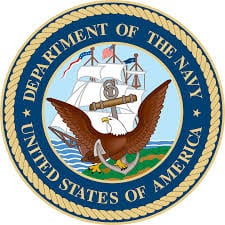
Sen. Roger Wicker (R-Miss.), chairman of the Senate Armed Services Subcommittee on Seapower, called the Trump administration’ FY ’19 Navy budget shipbuilding request not “robust” enough compared to what he thinks it needs.The Navy requested about $22 billion to build 10 ships in FY ’19, which is only a modest increase over the FY ’18 request. This included funding the first two of 10 Virginia-class SSN-774 attack submarines in multi-year procurement, three Flight III Arleigh Burke class DDG-51 destroyers in a…

 By
By 







